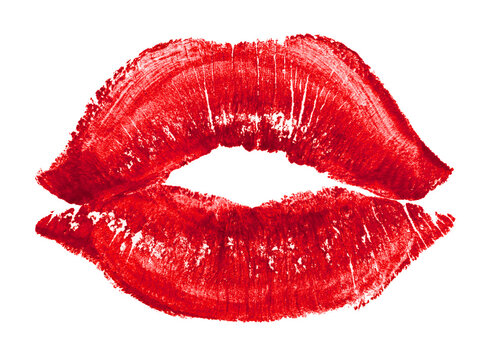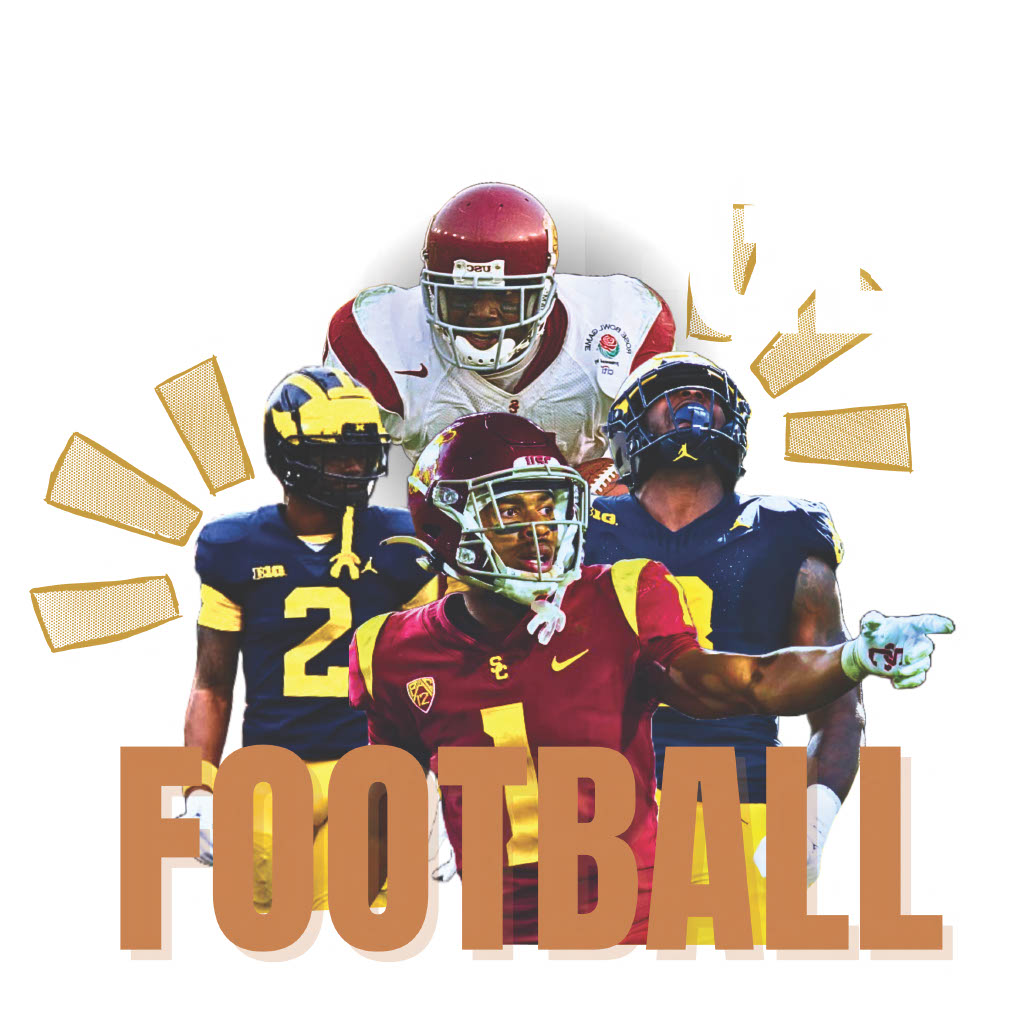Red 40. Yellow 5. Yellow 6. These three petroleum-based artificial dyes account for 90% of the dyes used in foods in America. These dyes are approved by the U.S. Food and Drug Administration (FDA) for the coloring of processed foods and are found in nearly every store-bought snack.
What comes to mind when reading the ingredient Red 40?
“It evokes images of scientists in laboratories with boiling beakers of man-made chemicals that have nothing to do with real-world organic ingredients,” said Math and Science of Food Instructor Grant Macnaughton.
The labels of almost every manufactured or processed food item in a grocery store is flooded with unnatural additives and ingredients such as Monosodium glutamate (MSG), high-fructose corn syrup, artificial sweeteners, trans fats, and xanthan gum.
“Recently, I have been checking the labels on my food, just out of curiosity. It’s definitely a little bit alarming when I come across ingredients I can’t pronounce, but, at the same time, almost every single food has weird preservatives, flavorings, or dyes, and it’s hard to evade them all,” junior Sydney Fisher said.
Should you be buying cereal, condiments, even chips, that have ingredients you can’t even pronounce?
“As a dad, I definitely want to be more conscious of what my kids are consuming. One of the things I try to make students more aware of is being able to look through an ingredient list for a product and to try to question why that ingredient is present. Macnaughton said. “Is the unpronounceable ingredient an emulsifier, a preservative, a flavoring, or a coloring?”
Popular cereals like Fruity Pebbles and Apple Jacks don’t actually contain fruits, rather synthetic fruit flavorings. Heinz ketchup contains high-fructose corn syrup as a sweetener, even though excess of high-fructose corn syrup is linked to obesity, type two diabetes, and health problems. Even low quality teas contain synthetic food colors like “sunset yellow.” The food corporations prioritize making food look aesthetically appealing, rather than using natural ingredients.
 In the 1970s, pediatrician Benjamin Feingold tested a theory that showed when hyperactive children were put on a diet free of artificial food additives and dyes, their hyperactive tendencies reduced.
In the 1970s, pediatrician Benjamin Feingold tested a theory that showed when hyperactive children were put on a diet free of artificial food additives and dyes, their hyperactive tendencies reduced.
In April 2021, a California Office of Environmental Health Hazard Assessment’s (OEHHA) human study found that synthetic food dye consumption can result in hyperactivity and other neurobehavioral problems in some children.
The FDA last reviewed the safety precautions of Yellow No. 5 in 1969 and red No. 40 in 1971 and do not require the pre-approved dyes to be reassessed, even though the approvals are far outdated.
In the U.K., Fanta orange soda is colored with pumpkin and carrot extracts, while the U.S. version uses Red 40 and Yellow 6. Some U.S. brands are adapting to use natural food colorings as opposed to lab-made dyes. For example, beets in replacement of red dyes; however it is cheaper and more accessible for corporations to opt for artificial additives
“I remember arriving in America 16 years ago and being weirded out by how bright the processed food was, especially cereal. Clearly it is more soothing to think that coloring is coming from natural, organic sources rather than artificial. It makes me wonder what guidelines an international body like the U.N. have to say about this,” Macnaughton said.
Often, the brands that do opt for natural alternatives are sold at a much higher price than the junk-food classic, and they are only available at limited grocery stores.
“I definitely try to opt for snacks that are naturally flavored, but there are certain flavors that are hard to recreate naturally. There are a lot of healthier spin offs on popular snacks, but most of them aren’t able to capture the original snack’s flavor,” Sydney said.
The reality is, most people don’t read the label before buying food.
“I don’t really read the label. I kind of already know what is in the things I am buying before I buy them, but if it’s something new and artificial I’ll take a peek,” senior Griffin Rick said.
It up to the FDA to reassess the safety of synthetic additives so the research is up to date, and decide whether or not to regulate artificial additives.

































